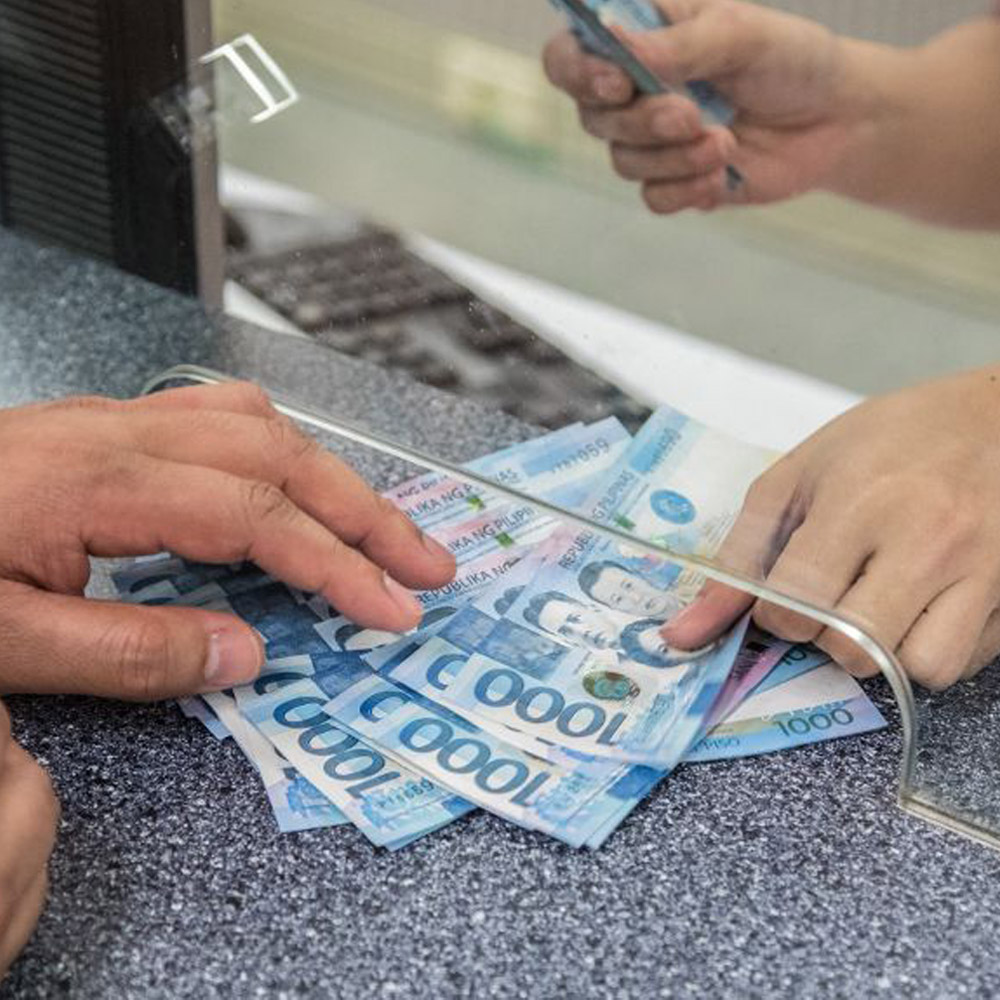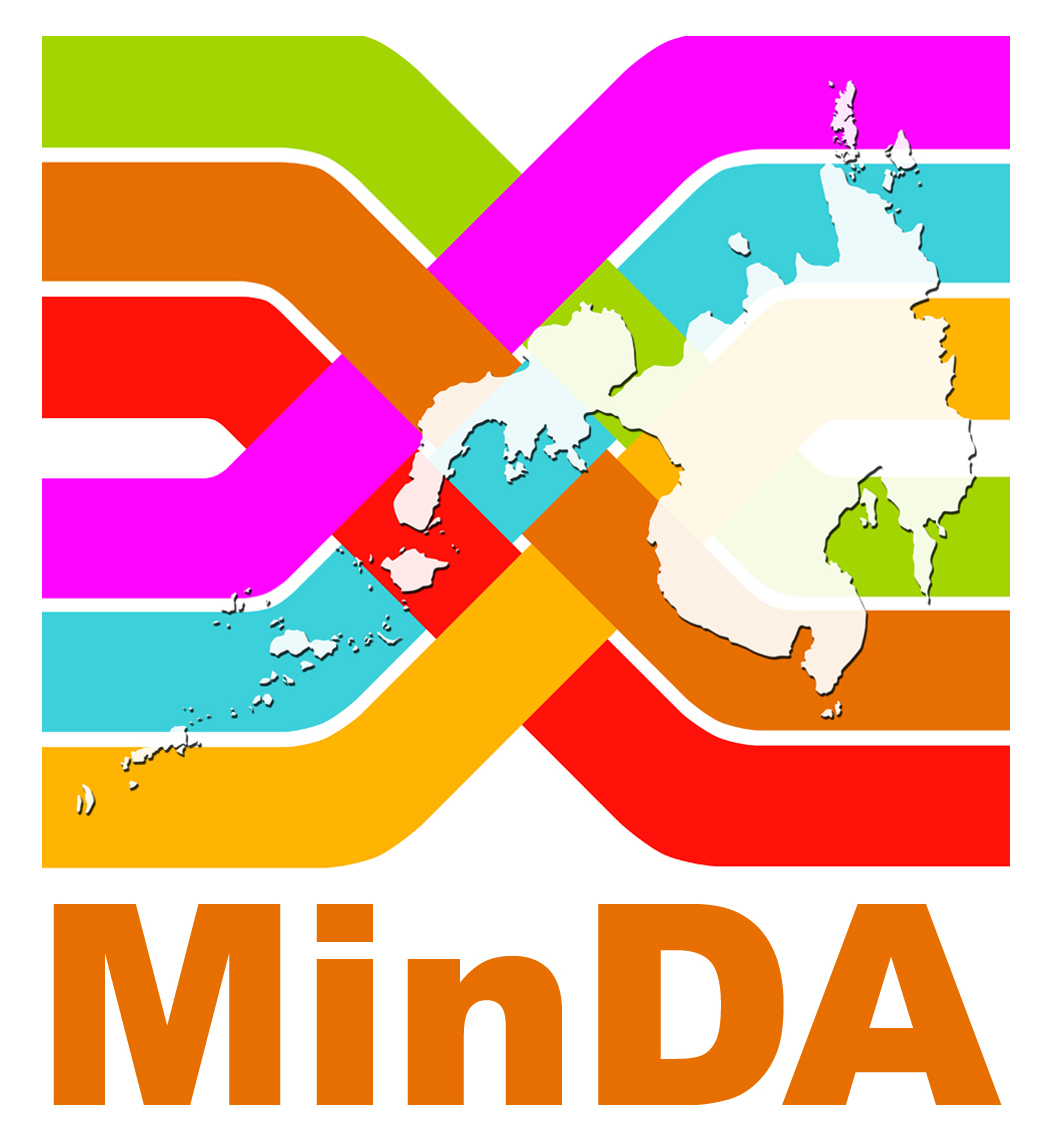Financial Inclusion
Socioeconomic Issue in Spotlight

Financial inclusion, as defined by the Bangko Sentral ng Pilipinas (BSP), refers to a situation where the public has effective access to a wide range of financial products and services (BSP 2013). Effective access does not only mean that financial products and services are available. These products and services must also be appropriately designed, of good quality, and relevant to benefit the person accessing the service.
The Philippines has been considered a “thought leader” in financial inclusion because of its many initiatives and best practices in microfinance and, more recently, in mobile financial services (BSP 2013, p. 1). Because of these efforts, the country is also among the top countries in the world in terms of financial inclusion, ranking fourth among 55 nations (The Economist Intelligence Unit 2018). This is supported by Dumaua-Cabautan et al. (2018), who found that online applications, such as the konek2CARD application of the Center for Agriculture and Rural Development Bank, have made Filipinos’ financial transactions easier, faster, and convenient.
Nonetheless, access to financial products and services remains a challenge in the country. According to BSP (2013), only 4 in every 10 Filipino adults save; of those who save, 68 percent of them keep their savings at home. Meanwhile, only about 30 percent of small and medium enterprises have formal lines of credit or bank loans.
While electronic money transfers have been increasing in the Philippines, Llanto et. al (2018) also found that the country’s digital adoption rate, especially for mobile payments, remains relatively lower compared to that of the other countries in Southeast Asia. This has been due to the inefficient telecommunication services in the country, as well as lack of awareness on available digital services and perceived security risk (Llanto et. al 2018).
Because of these issues, financial inclusion has become one of the priority policy objectives in the Philippines (Llanto and Rosellon 2017).
The government has launched several initiatives to advance financial inclusion in the Philippines, one of which is the National Strategy for Financial Inclusion. The said strategy has identified four key areas for promoting financial inclusion, namely: (i) policy and regulation, (ii) financial education and consumer protection, (iii) advocacy programs, and (iv) data and measurement. These key areas will guide the formulation of evidence-based policies and regulations, the design and implementation of programs, and monitoring of progress in financial inclusion (BSP 2016).
Llanto et. al (2018) also urge the government in collaboration with the private sector to intensify education and literacy campaigns on digital finance and to continue supporting and testing business models by companies that introduce innovations in the digital financial market.
Furthermore, Geronimo and Milo (2018) recommend the crafting of an efficient regulatory framework to develop services market that supports competitiveness and offers opportunities for export diversification.
The Socioeconomic Research Portal for the Philippines (SERP-P) has a collection of studies on financial inclusion, including those by Geron et al. (2016) on credit programs to smallholders, Llanto and Rosellon (2017) on examining key financial services in the Philippines, Llanto et al. (2018) on status and prospects for digital financial inclusion, and Geronimo and Milo (2018) on financial services regulatory measures affecting services trade and investment.
For other related studies, simply type “financial inclusion” in the search box of the SERP-P website.


